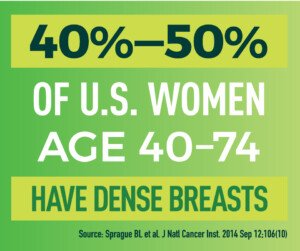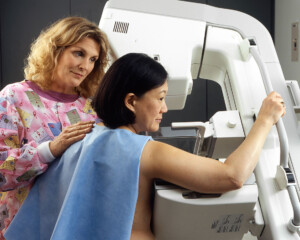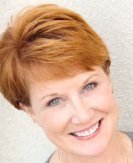
If your gynecologist says everything feels normal after examining your breasts, how likely is it that he or she missed a cancerous lump?
Of course, it’s always reassuring to hear, “Everything feels normal; I don’t feel anything concerning,” after your doctor completes the palpation of your breasts.
But then there’s that nagging question: Is it possible for a doctor to miss a lump – especially when the exam is finished in about 90 seconds?
Some gynecologists do take their leisurely time when examining a patient’s breasts, seemingly covering every square millimeter.
But there’s a reason why all women, who meet screening mammogram criteria, are urged to get routine mammograms in addition to an annual clinical exam.
That’s because your doctor CAN actually miss a lump.
The miss wouldn’t necessarily be because his or her finger pads didn’t press on the area above the malignant lump.
The miss can occur even if the doctor’s fingers covered every square millimeter of surface area.
This may be shocking, being that many women – by pure accident – have discovered their own cancerous breast lumps.
Even some husbands have accidentally stumbled upon a suspicious-feeling lump during moments of intimacy.
So how is it that a doctor with years of training can miss a breast lump during a clinical exam?
“Yes, masses one cm or smaller can be missed — especially in women with dense breasts,” says Dr. Kimberly Langdon, MD, OBGYN, medical advisor at Medzino Health.
What is a dense breast?
Size doesn’t matter when it comes to breast composition. Breasts are primarily composed of fatty tissue, fibrous tissue and glandular tissue.
A woman’s body weight does NOT determine breast composition.
Breasts that are mostly fibrous and glandular tissue are dense.
Those that are mostly fatty tissue are called fatty.
Do not assume yours are mostly fatty if you’re very overweight.
Do not assume yours are dense if you’re very thin.
“I can definitely tell dense from fatty breasts,” says Dr. Langdon.
A mammogram can differentiate among the four grades:
• Extremely dense
• Heterogeneously dense
• Scattered dense
• Fatty

Having fatty breasts doesn’t guarantee your OBGYN won’t miss a lump.
It’s just that the miss is more likely with dense tissue.
Dr. Langdon explains, “Fatty breasts are squeezable and can be manipulated easily and feel soft.
“Dense breasts feel hard and grainy, like there are little tiny hard pebbles everywhere.
“So to be able to localize a mass is hard because it’s one big hard lumpy mess.
“They cannot be squeezed; they feel more solid. Whereas fatty ones feel like Jello.”
Very large breasts in one woman may contain less dense tissue than do very small breasts in another woman.
So don’t assume what kind of tissue you have based on cup size.
The best way to know for sure is with a mammogram.

Wouldn’t missing a lump more likely occur in large breasts?
“Yes, larger breasts are harder to detect, especially if the mass is close to the chest wall,” says Dr. Langdon.
The bigger the breast, the deeper a malignant tumor can be, relative to the surface of the breast.
What should a woman do?
If all of this has you feeling quite unnerved, there is something you need to know.
Breast cancer is highly curable when caught in its earliest stages.
You also have a right to know what grade your tissue is. If you have not received this information despite having a mammogram, you should inquire about this. The grade will be in the radiologist’s report.
If you have dense breasts, you should ask your gynecologist about supplemental routine screening via ultrasound or even MRI.
Furthermore, the 3D mammogram (tomosynthesis) is superior to the 2D mammogram.
A 2D mammogram is like standing outside of a forest and from that location, trying to spot a bird inside.
A 3D mammogram is like flying over the forest to look for the bird.
Lastly, get to know your breasts’ topography, even if they’re naturally lumpy or pebbly in feeling.
By knowing the typography, you’ll be able to recognize something that wasn’t there before during your monthly self-exams.

 Dr. Langdon, who is now retired from clinical practice, has delivered over 2,000 babies. Besides obstetrics, she specialized in gynecologic situations such as menstrual disorders, vaginitis, menopause, contraception, pelvic pain and minimally-invasive surgeries.
Dr. Langdon, who is now retired from clinical practice, has delivered over 2,000 babies. Besides obstetrics, she specialized in gynecologic situations such as menstrual disorders, vaginitis, menopause, contraception, pelvic pain and minimally-invasive surgeries. 























